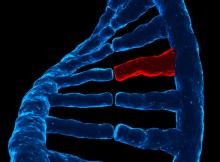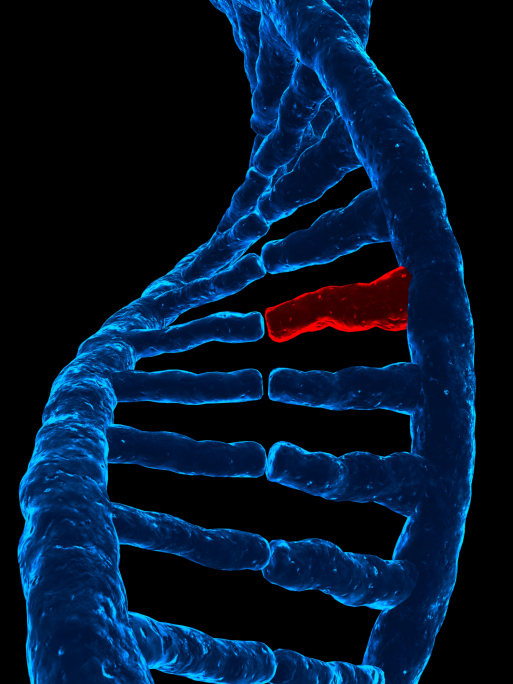Written by: The Midland Certified Reagent Company
Summary: Fighting disease involves synthesizing reactions in a laboratory using oligos.
When scientists want to figure out how a disease works, and ostensibly how to fight it, they must analyze its structure and determine what it might be weak to. Then researchers must test those theories. Live testing can be problematic in many countries, but observing DNA synthesis is crucial for a proper experiment. The solution to this problem involves synthetic oligos.
The Human Genome
When scientists “cracked the human genome,” they unlocked the potential to look at disease from the perspective of what the body is doing on a molecular level. Natural processes like RNA synthesis are now observed phenomenon, and scientists have even learned to replicate these reactions in a laboratory setting.
Replicating a Natural Process
Oligo synthesis is a technique now commonly used in research institutes around the world. Scientists use this technique to define a chemical sequence, which is perfect for testing a reaction. In most cases, the entire strand of DNA isn’t necessary. Although the strand may still find use in some labs, it’s ultimately far too time consuming to reproduce an entire strand. Sequences provide the desired result in a fraction of the time.
Uses
When we want to fight a disease, we need to find out what it might be weak to. We can identify the structure of someone’s DNA and how that disease affects the body, but we can’t live test every potential cure. This is both dangerous and expensive. Instead, we use oligos to build a reaction that replicates what happens inside the body. Researchers can safely study these effects before bringing a potential product to market for testing.

